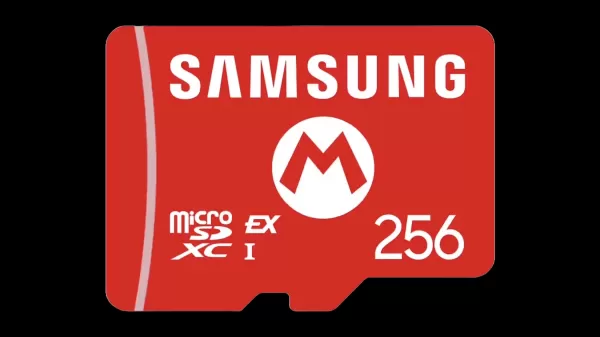The Nvidia GeForce RTX 5070 Ti: A Budget-Friendly 4K Champion?
The Nvidia GeForce RTX 5090's underwhelming generational leap and high price point left many wanting. However, its younger sibling, the RTX 5070 Ti, offers a more compelling proposition. While not a massive performance jump over its predecessor, its affordability makes it a standout Blackwell-architecture card, especially for those on a budget.
Priced at $749, the RTX 5070 Ti delivers excellent 4K gaming performance, effectively overshadowing the more expensive RTX 5080 (provided you can find either card at its MSRP). It's crucial to note, however, that aftermarket models, like the MSI variant reviewed here ($1099), significantly inflate the cost, surpassing the RTX 5080's $999 price tag. At its base price, though, the RTX 5070 Ti is arguably the best graphics card for most 4K gamers.
Purchasing Guide
The Nvidia GeForce RTX 5070 Ti launched February 20, 2025, with an MSRP of $749. However, expect significant price variations across different models. While a strong value at $749, its attractiveness diminishes as the price approaches that of the RTX 5080.
Nvidia GeForce RTX 5070 Ti – Images
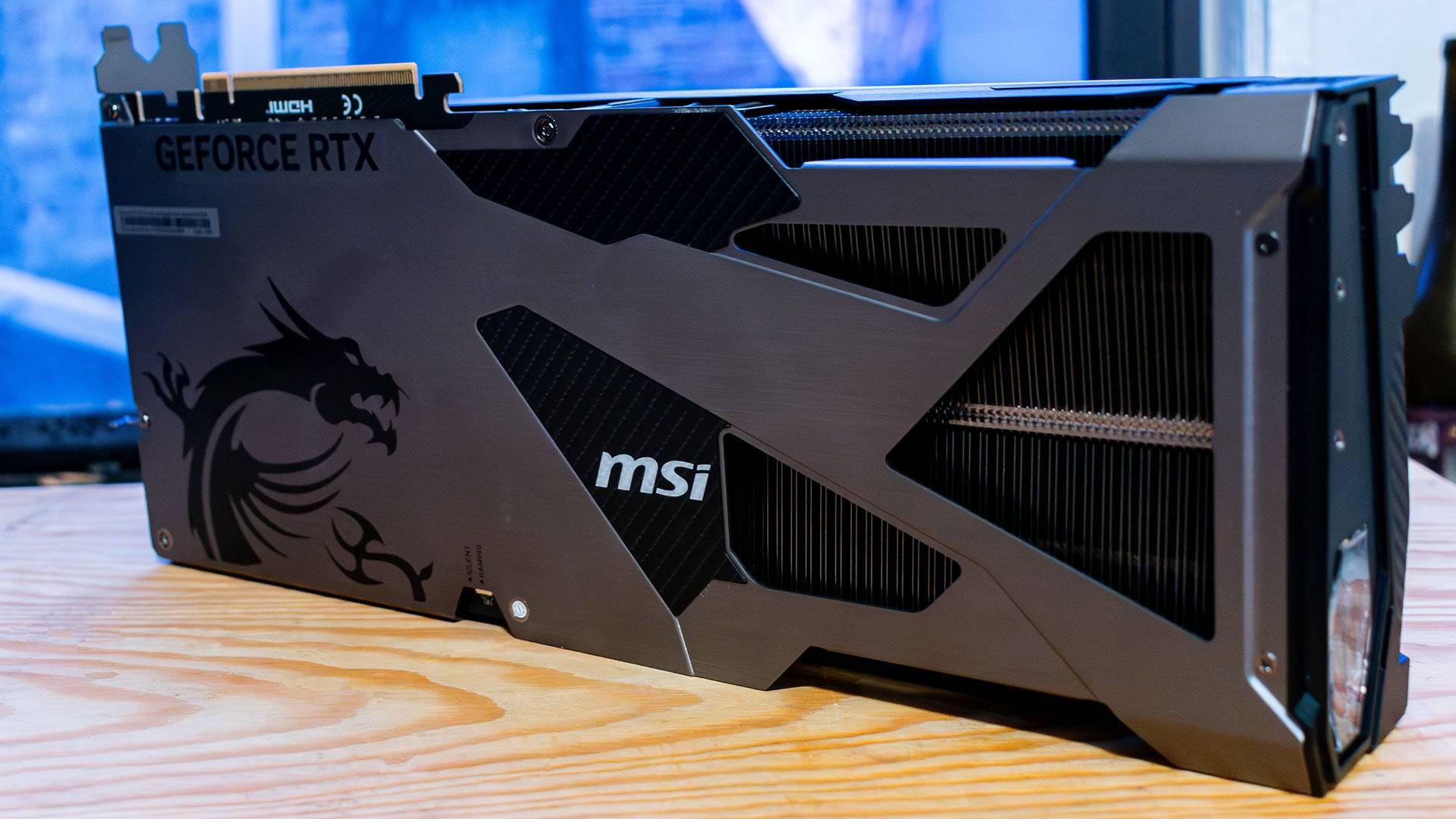
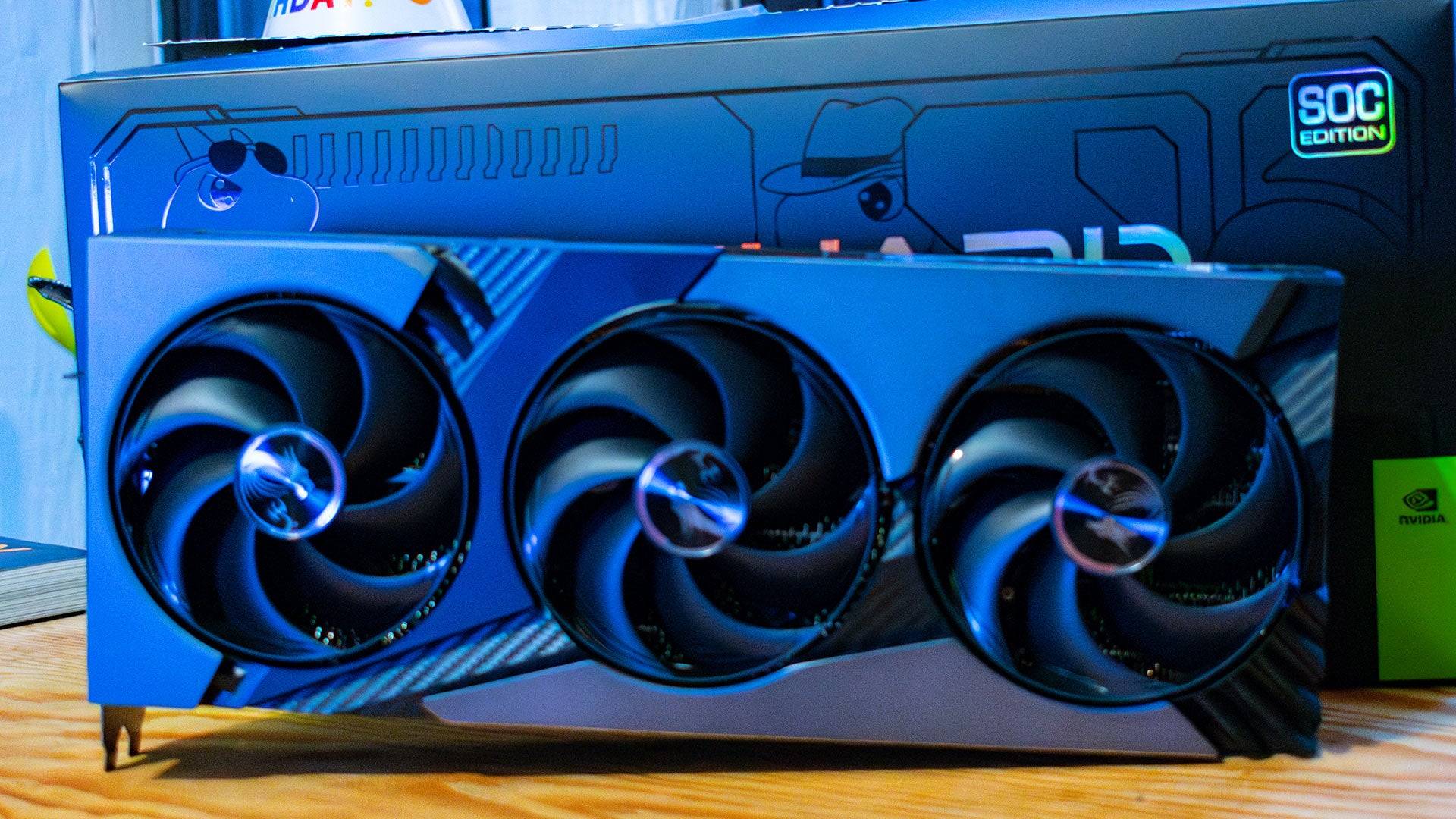 6 Images
6 Images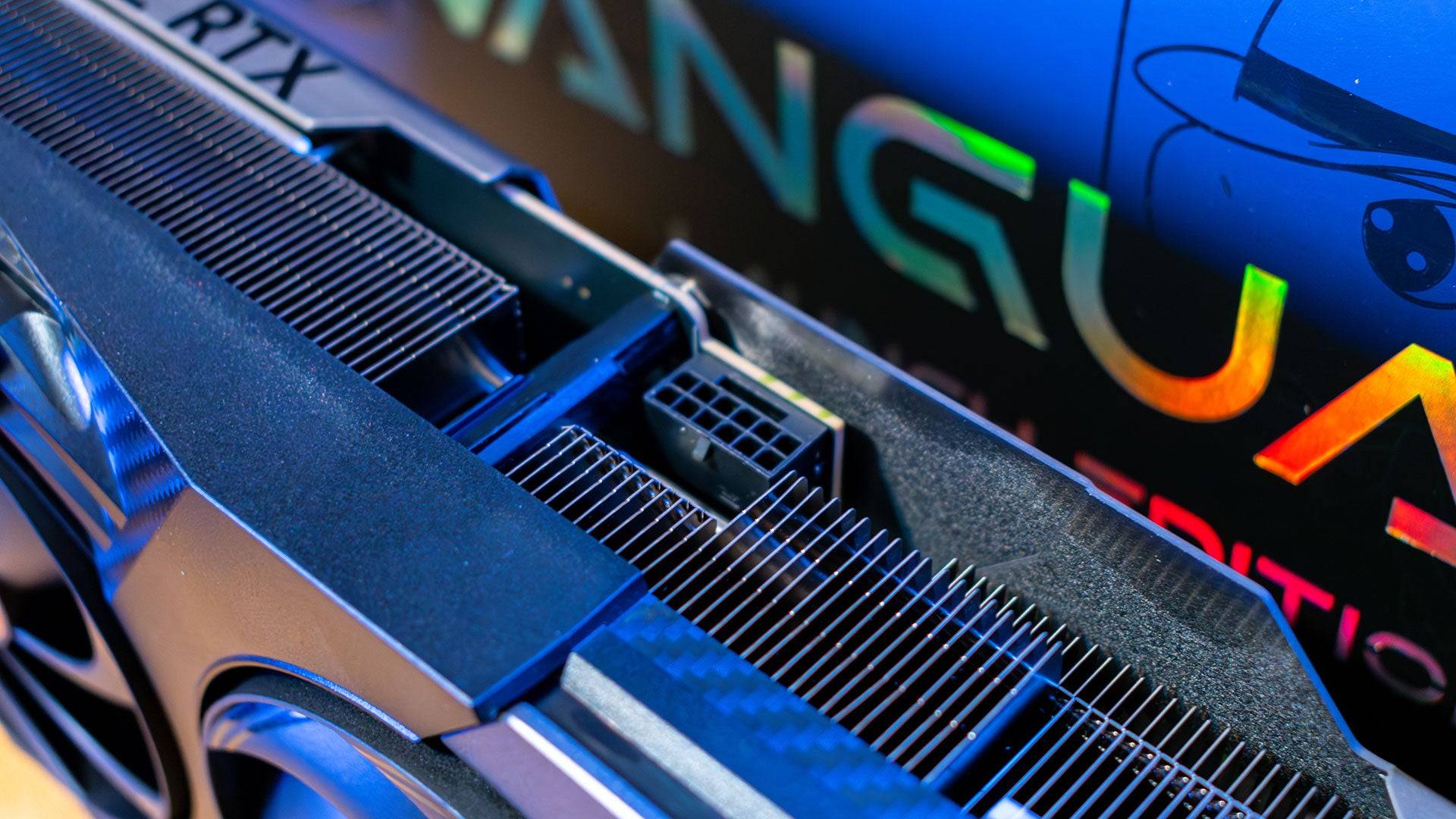
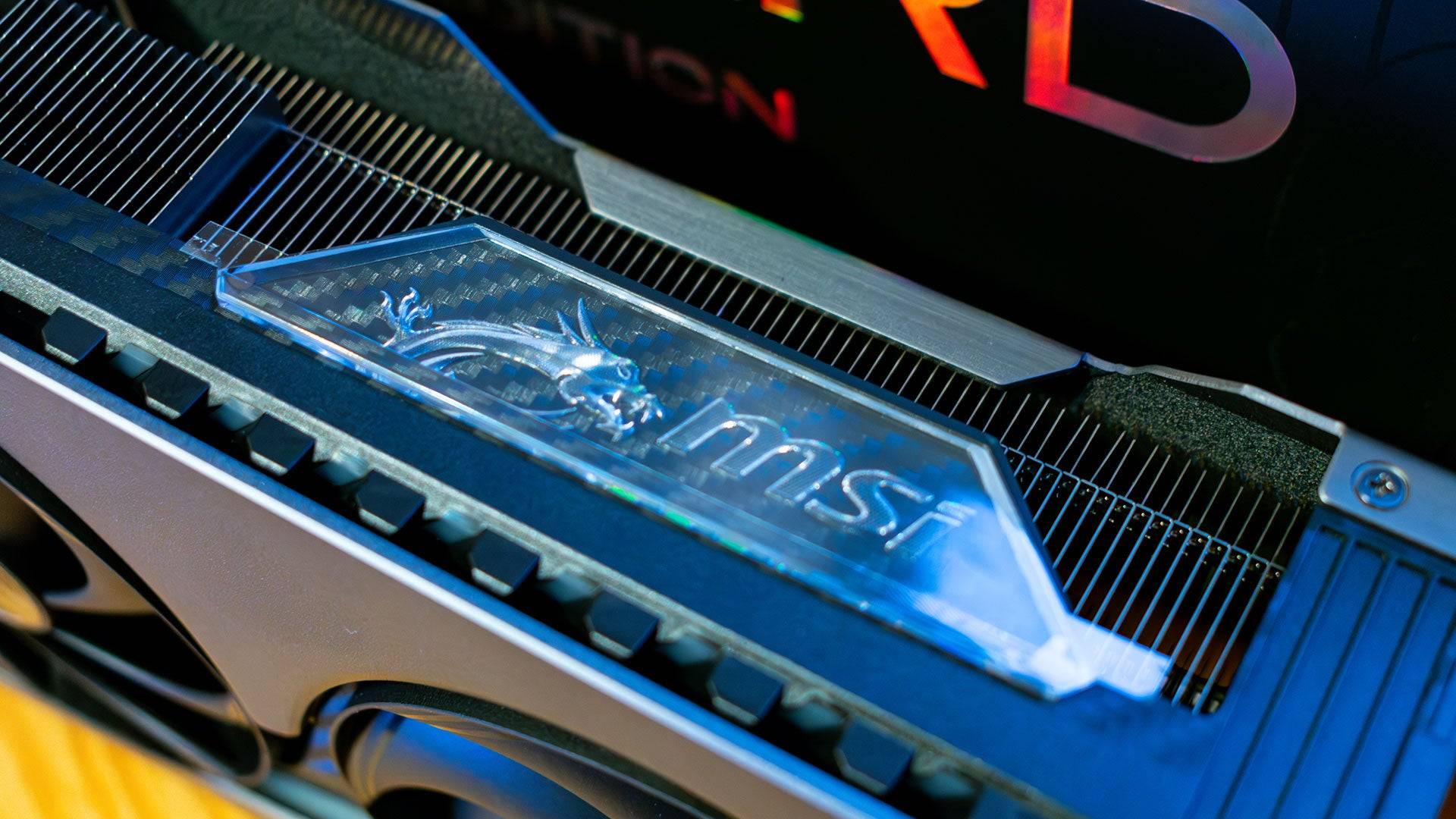
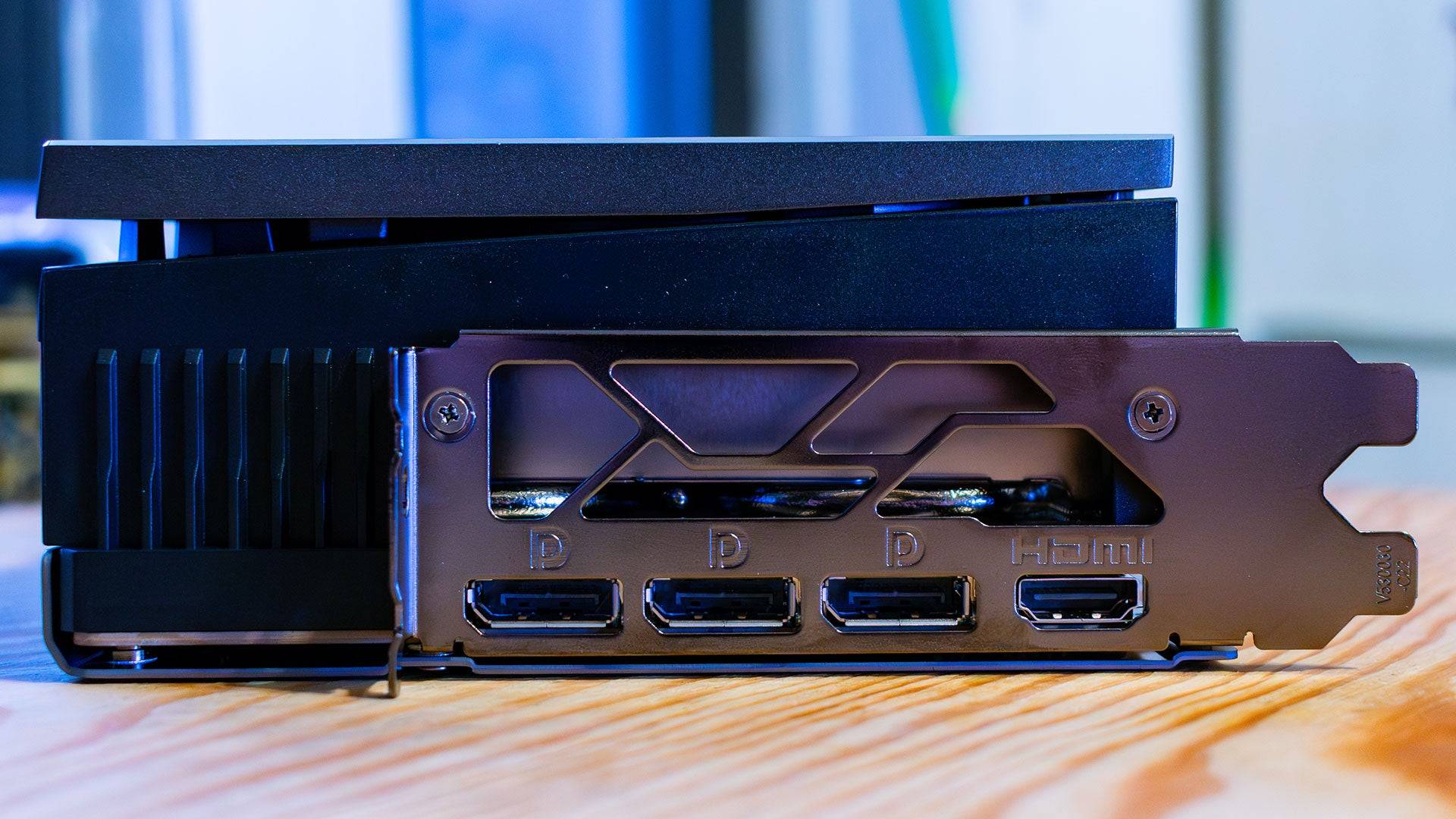

Specs and Features
The RTX 5070 Ti is the third Blackwell architecture GPU from Nvidia. Initially designed for AI supercomputers, this architecture has been adapted for gaming, retaining its AI-centric features.
Sharing the GB203 GPU with the RTX 5080, the RTX 5070 Ti features 70 Streaming Multiprocessors (SMs), resulting in 8,960 CUDA cores, 70 RT cores, and 280 Tensor Cores. It also boasts 16GB of GDDR7 RAM, although slightly slower than the RTX 5080's. The Tensor Cores, however, are key. While CUDA cores offer a performance boost over the RTX 4070 Ti, Nvidia leverages AI upscaling and frame generation to maximize performance.
Blackwell introduces a new AI Management Processor (AMP), offloading workload management from the CPU to the GPU, significantly improving the efficiency of DLSS and frame generation.
DLSS 4 utilizes a Transformer model instead of a CNN, enhancing image quality and reducing artifacts. Furthermore, DLSS 4's Multi-Frame Generation (MFG) produces up to three AI-generated frames per rendered frame, potentially quadrupling frame rates. Increased latency is mitigated by Nvidia Reflex.
With a 300W TBP, the RTX 5070 Ti's power consumption is comparable to the RTX 4070 Ti and RTX 4070 Ti Super. Nvidia recommends a 750W PSU, but an 850W PSU is advised, particularly for high-end models.

DLSS 4: Is It Worth It?
While faster than its predecessor, the RTX 5070 Ti's main selling point is DLSS 4 and MFG. High-refresh-rate monitors benefit greatly, though latency improvements are not dramatic. MFG generates frames by analyzing rendered frames and motion data, significantly increasing frame rates, especially on high-end displays. However, higher frame rates are needed to minimize latency issues.
Benchmarks
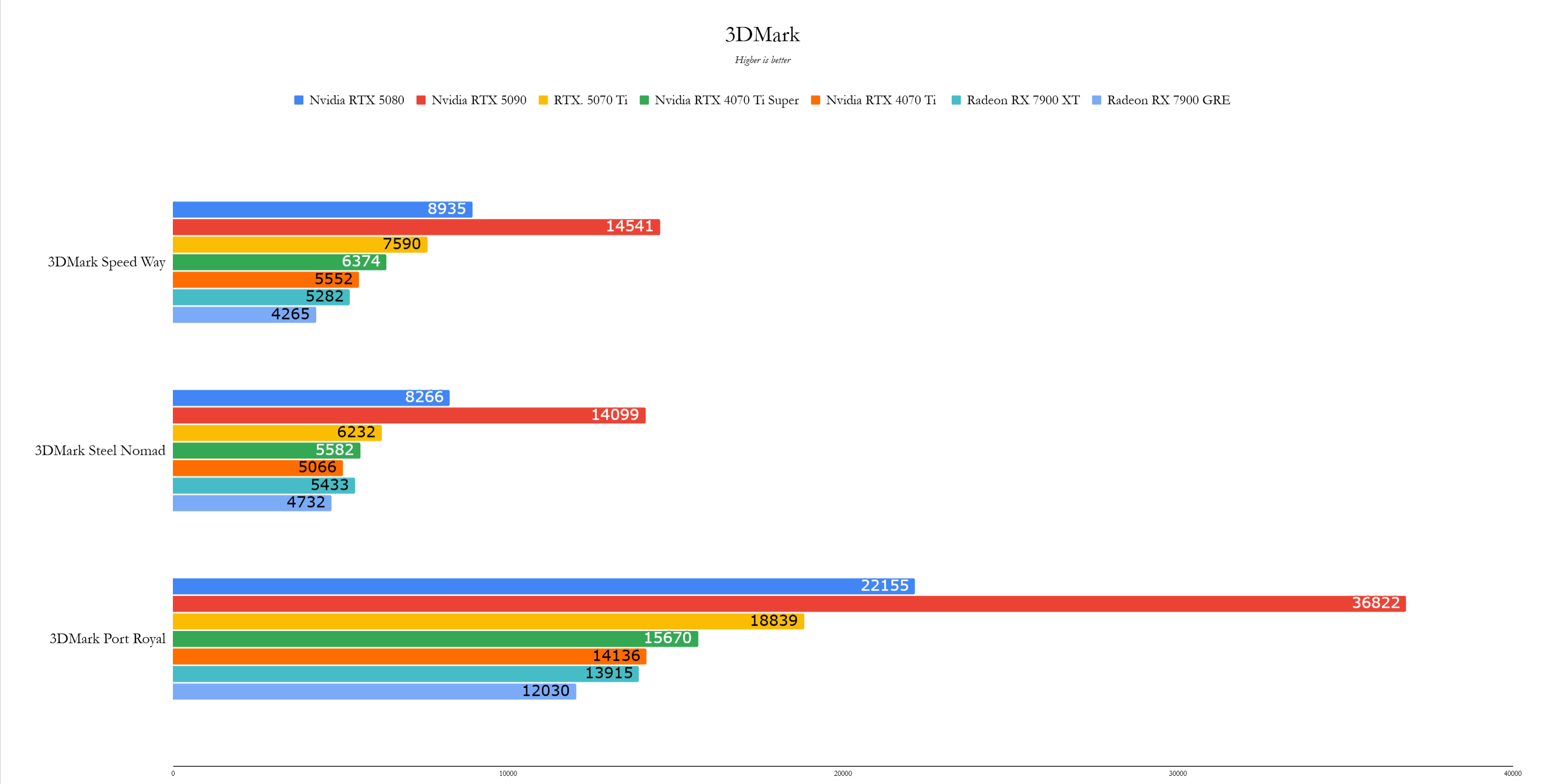
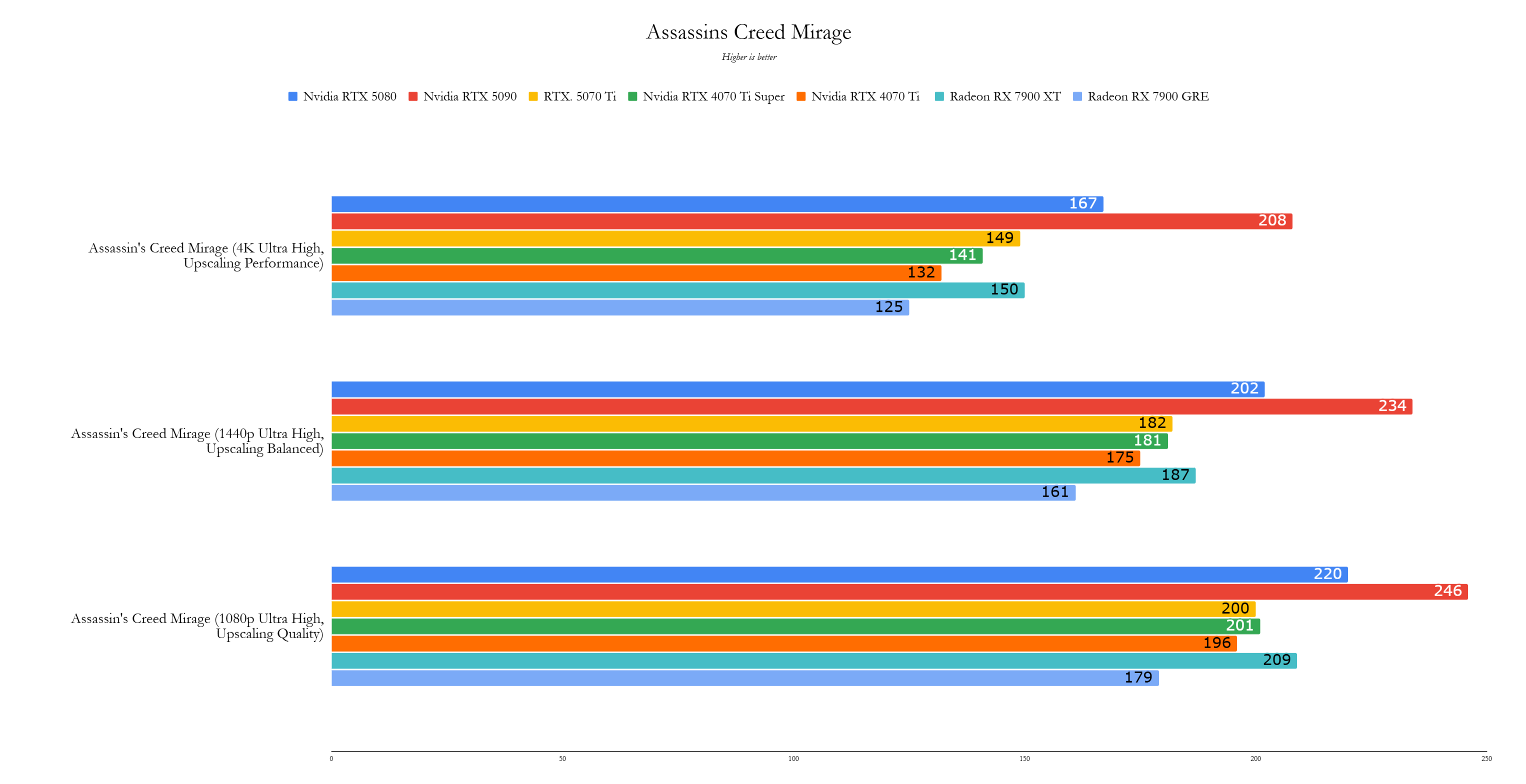 12 Images
12 Images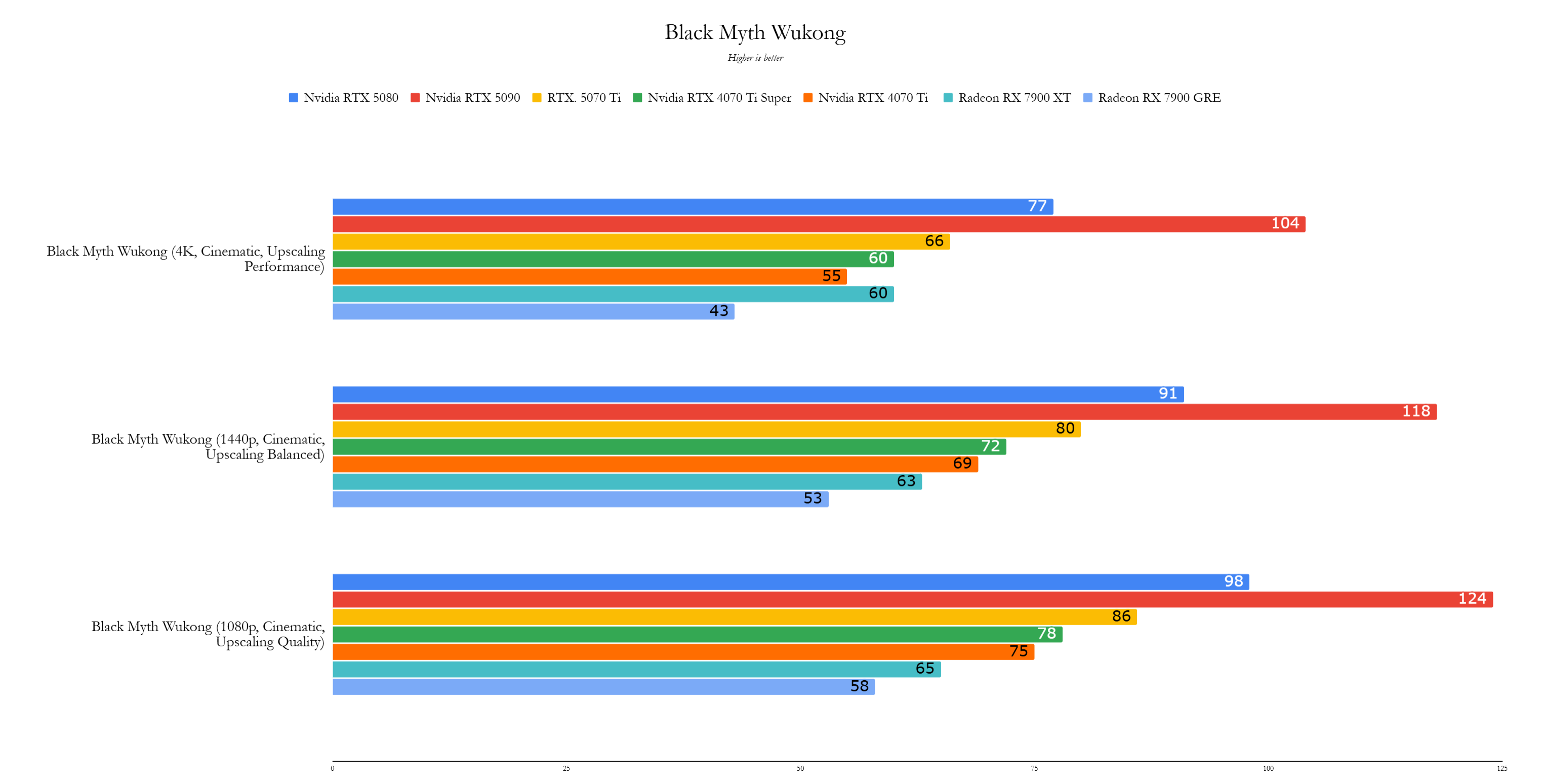
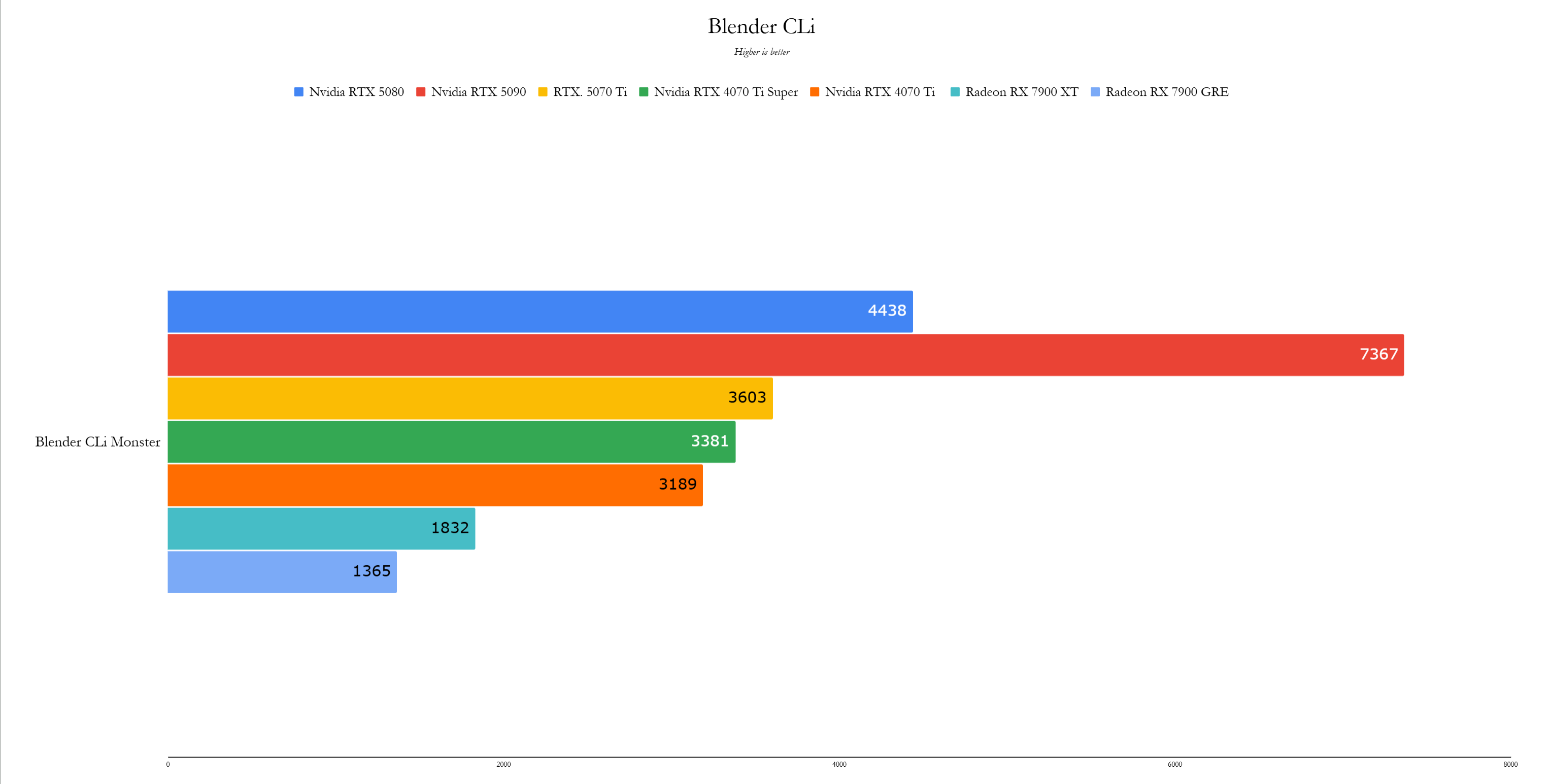

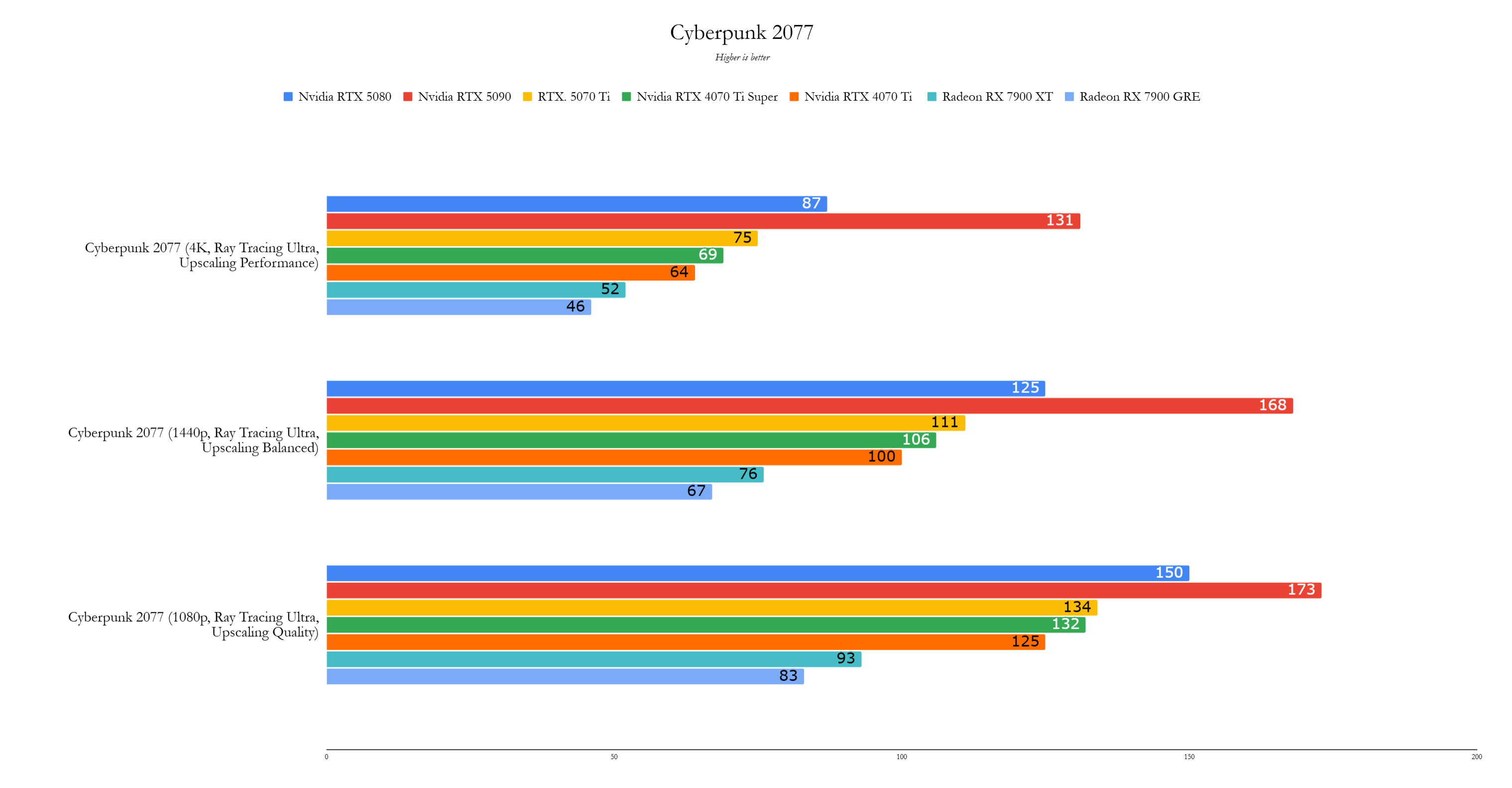
Performance
At 4K, the RTX 5070 Ti is approximately 11% faster than the RTX 4070 Ti Super and 21% faster than the RTX 4070 Ti. This surpasses the RTX 5080's generational improvement, making it the best value RTX 5000-series card. It consistently exceeds 60fps at 4K, even in demanding titles.
Testing was conducted using a high-end MSI model at stock settings, and results reflect the $749 MSRP. All games were tested with the latest drivers and versions, excluding frame generation and upscaling (except where DLSS and FSR were both supported).
The RTX 5070 Ti demonstrated significant performance gains in benchmarks like 3DMark, showcasing its potential. Game performance improvements over the RTX 4070 Ti varied, with some games showing smaller gains. However, it consistently delivered solid 4K performance, even in demanding titles like Cyberpunk 2077.
Conclusion
The Nvidia GeForce RTX 5070 Ti, at its $749 MSRP, offers exceptional value as a 4K GPU. It delivers a substantial performance uplift over its predecessor at a lower price point. If you can secure it near its MSRP, it's a strong contender for your next graphics card.


 6 Images
6 Images




 12 Images
12 Images



 LATEST ARTICLES
LATEST ARTICLES 